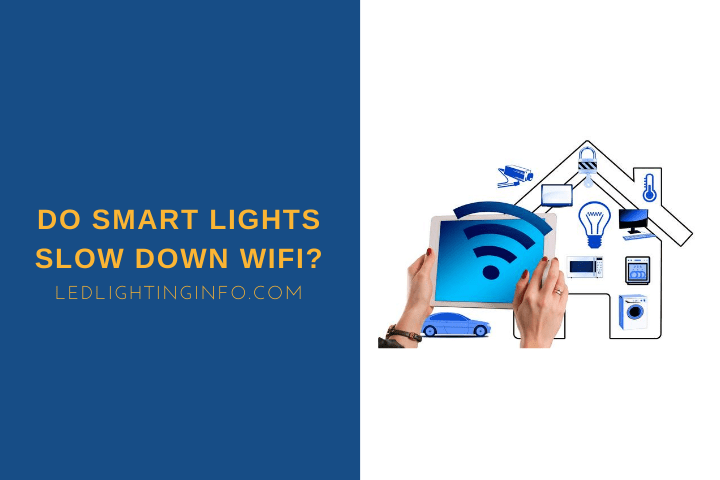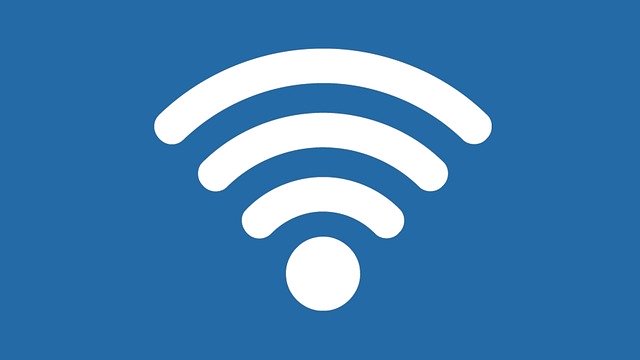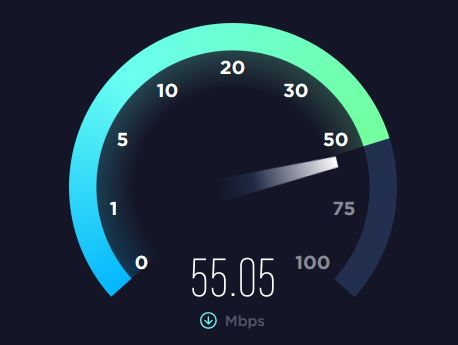The future is here, and we are living it. All around you, the ‘internet of things’ is shaping how we live our lives.
With wearable technology like smartwatches to connected cars, machines are only getting smarter and more efficient.
One of the hottest trends that have people excited is setting up ‘smart homes,’ where appliances are interconnected wirelessly. They share information to run your home in a fully customizable manner.
Enter Smart LED bulbs. These neat little bulbs are a techie’s dream come true.
They are easily the first step in bringing the oomph factor very quickly into your smart homes by being connected to your phone apps over the home WiFi network.
Smart LED light bulbs do not slow down the WiFi connection unless there are more than 20 bulbs all accessing a single router at the same time. Adding a hub decreases the number of devices on a network, freeing up router traffic, and increasing access.
How Much Data Does Smart Bulb Use?
Let’s talk about the exact way a smart bulb works and what kind of internet bandwidth usage takes place.
An LED smart bulb uses only about 20-30 MB per month on average to send and receive signals through your WiFi router to your smart app on your phone.
Other than video devices, other smart gadgets like a single bulb use very little data to make any difference to your router’s speed and traffic.
In fact, the bulbs work in a great way to increase the internet coverage of your network by acting as a mesh that carries the signal over to the next bulb.
Each bulb connects to the nearest another bulb, creating a network that you can control wirelessly through a remote or smart app.
The best part of smart bulbs is that they can even be scheduled to get dimmer at night automatically, or reduce brightness to ‘night-light’ after bedtime, among a hundred other programs.
Can Smart Bulbs Interfere With WiFi?
When talking about the connectivity of smart apps over your WiFi and controlling various features of a smart bulb, a significant factor in making them run well is the strength of your WiFi in the first place.
So a robust WiFi network is a great thing to have to run your bulbs better. This is especially the case if you have other gadgets and electronics also connected over the same network.
Gadgets such as smart assistants like Alexa, smart TVs and sound systems like Sonos, and so on all affect your network’s load.
But this load will only stress your network if you are running say, 20 devices including your smart bulbs, all at the exact same time. But this kind of load is not very likely even in a big home.
Does Having Too Many Smart Bulbs On WiFi Slow It Down?
First, let’s consider the solutions to a slow responsive bulb on your home WiFi network.
In general, being close to the bulbs will make a better connection, and you can control them quicker, as opposed to being in a different room or farther away from the bulbs.
Similarly, putting bulbs, lamps, and fixtures in corners of a room will also affect how quickly the smart app responds to your inputs.
Related: Do Smart Switches Require Smart Bulbs?
Now, coming to the issue of WiFi speeds being slowed down if too many smart bulbs are connected to the same network.
As a general rule, slow WiFi can get slower if too many smart bulbs, devices, and appliances are connected to it. Investing in WiFi extenders or whole-home mesh WiFi is the best solution to improve slow WiFi.
In specific, however, you can connect as many as 200 devices on some WiFi routers, technically speaking! But that’s not a good idea to execute in practice.
It is true for sure, smart LED bulbs don’t use much bandwidth to run them, as you are not sending and receiving videos over the network through your bulb!
While it is simply connected, the bulb is not using bandwidth. The LED bulb only accesses the WiFi router when you signal for the bulb to change color, turn on/off, or when it goes into the pre-programmed automation, and so on.
Does Hub Reduces The Bandwidth Use?
There is a magical way to fool your router into thinking that those 20 smart LED bulbs are actually just one device.
And that is by using a hub, which connects as a single device to the main network while running on its own internet protocol. The hubs come with add-on switches, for example, 20 switches, allowing you to connect 20 bulbs or light switches onto it.
As you add more and more smart bulbs to your expanding smart home, you will see that having a hub is not only much better for performance, but also very convenient and easy to set up with manufacturer’s guides.
A hub also helps in setting up easy automation and programming for your bulbs. Best of all, it allows you to run your bulbs even if the WiFi goes down for some reason, as a hub is a local connection.
ZigBee or ZWave bulbs, for example, can run without WiFi on the Philips Hue Bridge (Amazon), or SmartThings.
When you think of plugging in 20 smart bulbs directly to the router, it can use anywhere between 400-600 MB per month, as each bulb uses around 20-30 MB.
But a hub typically uses around 300 MB per month. It can run multiple bulbs, sensors, remotes, among other things, thus reducing your bandwidth load and helping in faster connectivity.
Also read: Why Are My Smart Lights Disconnecting?
Final Words
Don’t be fazed by all this talk of hubs and switches.
If you are just starting out on your smart home journey with a few smart LED bulbs in your bedroom, or don’t know a lot about setting everything up, you don’t need meshes or hubs.
Simply get your favorite smart bulb, and you are good too.
- How many devices do you plan to set up on your smart home?
- Does adding a hub to increase utility sound like a good idea to you?
Let me know in the comments below.




